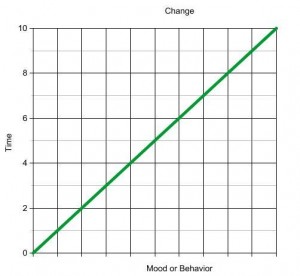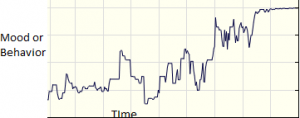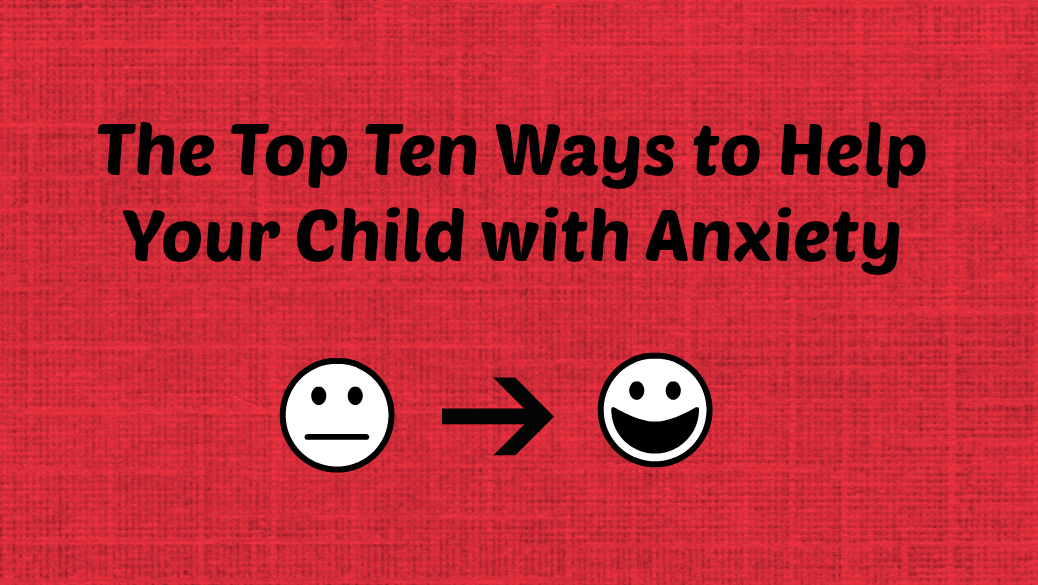-
Change is Not A Straight Line
Check out this graph:
See how it’s a very straight line? The line consistently moves in one direction, never deviating from its path.
When thinking about change, people want to think of it like that graph: continuous and gradual movement upwards.
I notice this in the process of therapy. When people begin therapy, they often expect their progress to look like the graph. They expect to improve little by little every day until they are fully recovered. When I’m seeing a kid or teenagers, their parents often have this expectation, too.. As parents are implementing new rules and structure at home, and they (understandably!) want their child to improve in line with their efforts.
However, change is rarely linear, especially when it involves mood or behavior. The process of change actually looks more like this:
This graph is significantly different from the first one! The only thing they have in common is that the starting and ending points are similar. This graph, unlike the first, shows that change is messy.
First of all, sometimes things initially get worse in the process of getting better. This occurs when the person is making an effort, but the immediate results are not there. For example, think about a child that’s acting out at home. The parent may decide to implement some new rules and a reward system in order to improve the child’s behavior. Although these things can result in positive long-term behavioral changes, in the short term, there are often struggles to get these rules and rewards in place. To a child, any change can feel threatening and anxiety-provoking and cause more tantrums and fights until they get used to the new rules.
Another common part of the process of change is the plateau. Sometimes, things just stay the same for a while even when you’re putting forth your best effort to make change happen. This, too, could happen in the example above. The parent has implemented new rules and rewards, and the child has made some improvements, but then their progress stalls for several days or weeks.
Finally, sometimes things get worse again for no apparent reason. The child who has really improved starts having tantrums again for no apparent reason. This doesn’t mean that all your efforts have been pointless. Most likely, the child is still doing better than they were at the beginning of the process, and it’s also likely that they will improve more quickly than they initially did.
It is important to understand that each of these instances are normal parts of the process of change. It definitely doesn’t mean that you should give up. If you’re feeling discouraged, it may be time to seek professional help (if you haven’t already). If you or you child is already in therapy, talk to your therapist about your concerns. Work with your therapist to understand where you’re at in the process of change and to identify any obstacles to change that you may be unaware of.
As long as you commit to the process of trying new things and giving them a chance to work, change will happen. Even though it’s often messy and slow and nowhere near a straight line, it will happen.















